Description
Buy Amphetamine near me
Amphetamine for sale, a powerful central nervous system (CNS) stimulant, has a rich history and significant impacts on both the medical and recreational fronts. Its discovery dates back to the late 19th century, with its effects and applications evolving substantially over time. This essay delves into the origins of amphetamine, its development, and the myriad effects it has on the human body.
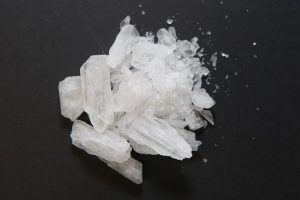
Origins of Amphetamine for sale
The story of amphetamine begins in the late 1800s when Romanian chemist Lazăr Edeleanu first synthesized it in 1887 at the University of Berlin. Edeleanu named the compound phenylisopropylamine, but it did not attract much attention until decades later. The potential of amphetamine remained largely unexplored until the 1920s and 1930s, when scientists began to realize its stimulant properties.
In 1929, American chemist Gordon Alles was searching for a synthetic alternative to ephedrine, a natural stimulant used to treat asthma and other respiratory conditions. Alles synthesized amphetamine and discovered its potent stimulating effects on the central nervous system.
However, its stimulating effects quickly became apparent, and by the 1940s, Amphetamine for sale tablets were being prescribed for a variety of conditions, including narcolepsy, obesity, and even mild depression.
Mechanism of Action : Amphetamine for sale
In addition, Amphetamine works primarily by increasing the levels of certain neurotransmitters in the brain, notably dopamine and norepinephrine. It achieves this through several mechanisms:
1. Release of Neurotransmitters: Amphetamine enters the presynaptic neuron and prompts the release of dopamine and norepinephrine into the synaptic cleft.
2. Inhibition of Reuptake: It blocks the reuptake of these neurotransmitters back into the presynaptic neuron, prolonging their action in the synaptic cleft.
3. Inhibition of Monoamine Oxidase: Amphetamine inhibits the enzyme monoamine oxidase, which breaks down neurotransmitters, thus increasing their availability.
These combined actions result in heightened stimulation of the CNS, leading to increased alertness, energy, and concentration.
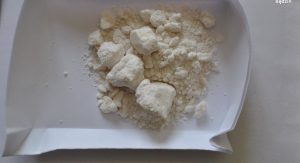
Medical Uses and Benefits of Amphetamine for sale
Amphetamines have several legitimate medical uses, with some of the most common being the treatment of Attention Deficit Hyperactivity Disorder (ADHD) and narcolepsy.
1. ADHD: Amphetamine-based medications, such as Adderall, are commonly prescribed to manage ADHD. They help increase attention and decrease impulsiveness and hyperactivity in patients. The effectiveness of amphetamines in treating ADHD is well-documented, with many patients experiencing significant improvements in their symptoms.
2. Narcolepsy: This condition is characterized by excessive daytime sleepiness and sudden sleep attacks. Amphetamines help by promoting wakefulness and alertness, allowing patients to maintain normal daytime activities.
3. Obesity: In some cases, amphetamines are prescribed as appetite suppressants to aid in weight loss. However, due to the potential for abuse and serious side effects, this use has become less common.
Recreational Use and Abuse of Speed for sale near me
Despite their medical benefits, amphetamines are also notorious for their potential for abuse. The stimulating effects that make them useful in treating certain medical conditions can also make them appealing for recreational use. When taken in higher doses than prescribed, amphetamines can produce feelings of euphoria, increased energy, and enhanced confidence.
The recreational use of amphetamines, including methamphetamine (a more potent derivative), can lead to a range of harmful effects:
1. Psychological Effects: These include anxiety, paranoia, hallucinations, and aggressive behavior. Chronic use can lead to severe mental health issues, including amphetamine psychosis, which resembles schizophrenia.
2. Physical Effects: Long-term amphetamine abuse can result in cardiovascular problems, such as hypertension, tachycardia, and increased risk of stroke. It can also lead to significant weight loss, dental problems (often referred to as “meth mouth”), and skin sores.
3. Addiction and Dependence: Amphetamines have a high potential for addiction. Users can quickly develop tolerance, requiring higher doses to achieve the same effects. Withdrawal symptoms, including fatigue, depression, and intense cravings, can make it difficult to quit.Black Tar Heroin
Societal Impacts of Order Amphetamine wholesale
The abuse of amphetamines has significant societal implications. It contributes to the burden on healthcare systems due to the medical and psychological issues associated with long-term use.
Efforts to control the abuse of amphetamines include strict regulations on their prescription and the classification of methamphetamine as a Schedule II controlled substance in many countries. Public health initiatives aim to reduce the demand for illicit amphetamines through education, prevention programs, and the provision of treatment for addiction. methedrine
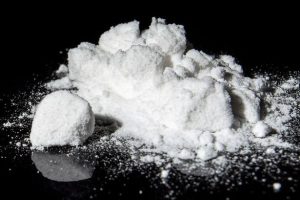
Conclusion:
In a Nutshell ,Amphetamine’s journey from a synthesized chemical to a widely used medication and, subsequently, a substance of abuse, highlights its complex role in modern society. While its medical benefits, particularly in treating ADHD and narcolepsy, are undeniable, the potential for abuse and the associated health risks cannot be overlooked.
Understanding the origins, mechanisms, and effects of amphetamines is crucial for both optimizing their therapeutic use and mitigating the harms related to their abuse. As with many powerful substances, the key lies in balancing their benefits against their risks to ensure they serve the public good without becoming a public health menace.

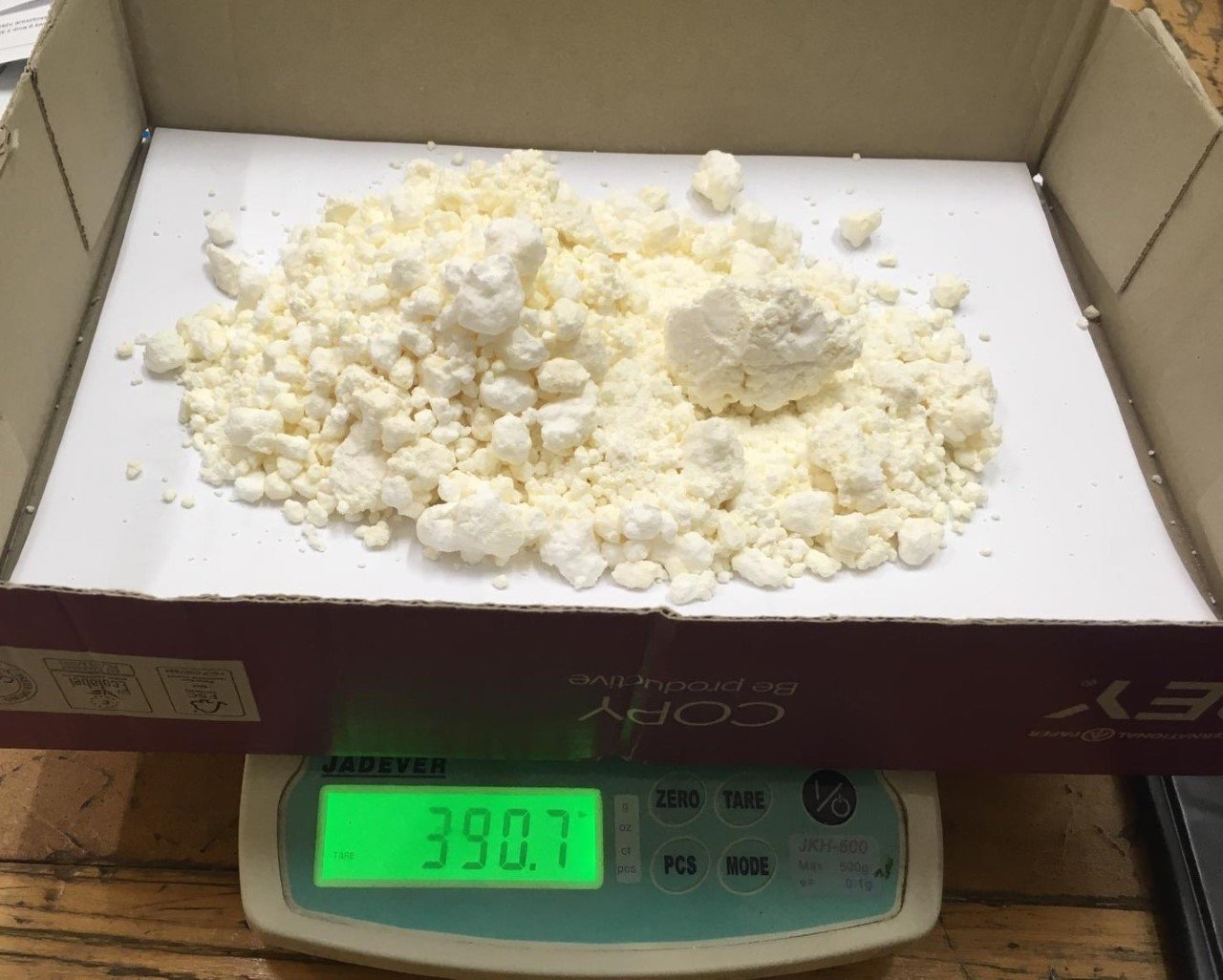
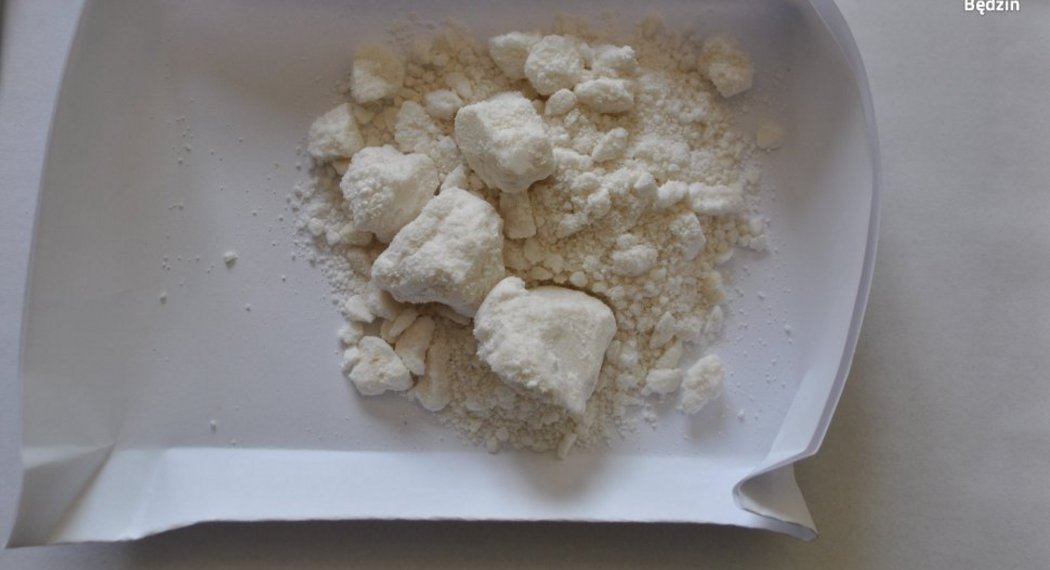
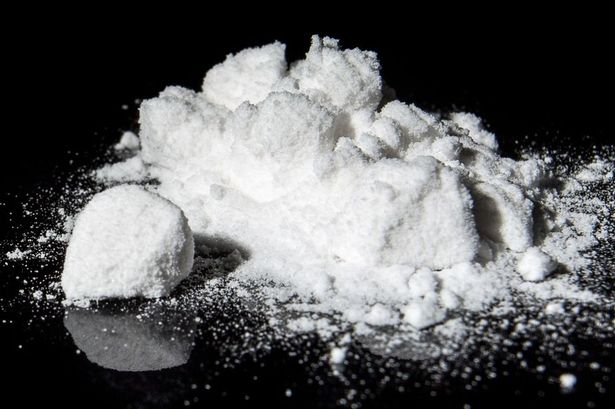
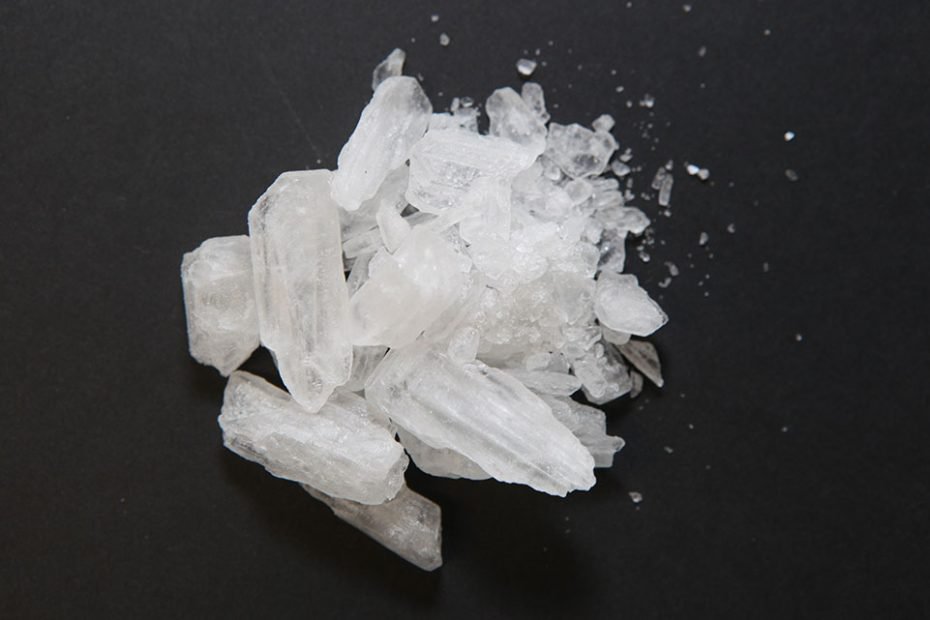



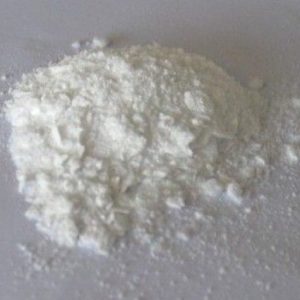
Reviews
There are no reviews yet.